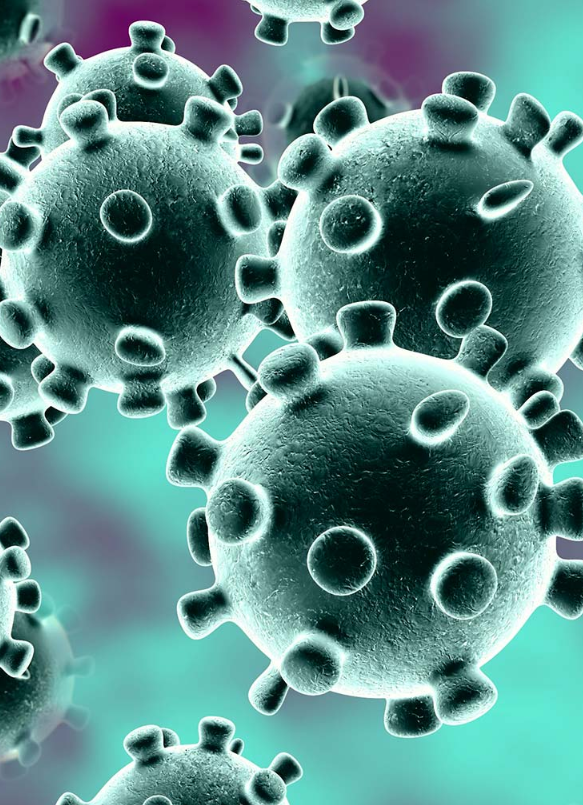Researchers and scientists have now figure out how the Coronavirus or COVID-19 breaks into human cells.

It attaches to a receptor on the respiratory cells
A research fellow at Westlake University in Hangzhou, China named Qiang Zhou has led a team of researchers that revealed how the coronavirus can latch on the respiratory cells through a receptor. That is called angiotensin-converting enzyme 2, or ACE2.
In the first-ever picture that scientists have revealed, it shows how the Coronavirus SARS-CoV-2 can shackle itself with the human respiratory cells so that they can take it into hostage to multiply and produce more viruses.
Thomas Gallagher, a virologist at Loyola University Chicago had said that "They have pictures all the way down at the level of the atoms that interact at the binding interface, the virus outbreak only began to occur a couple of months ago, and within that short period of time, these authors have come up with information that I think traditionally takes much longer."
Gallagher, although not involved in this specific research, he has been studying the structure of the coronavirus. This is important as well as contributing to research on drugs or even a potential vaccine.
The viruses use the cell's machinery to multiply themselves
For the them to actually infect a human body or host, they will have to gain entry into the human cells individually. After producing more copies, these will then spread to other new cells as well.
Back in February of 2019, research at the University of Texas which was led by a group of scientists has described SARS-CoV-2's molecular key that helps it enter the cell as the spike protein or S-protein.
They used Cryo-Electron Microscopy
A tool that is called Cryo-Electron Microscopy was used by Zhou and his team. This was to freeze samples and electron beams to see the smallest and tiniest structures of some biological molecules. This has resulted in finding out that there are similarities in the molecular bond between SARS-CoV-2's s-protein and the ACE2 that caused SARS in 2003.
Though there are som eminent differences as well. Especially to the amino acids that have been used to bind SARS-CoV-2 to the receptor when compared and differentiated with the virus that caused SARS.
There are a number of other coronaviruses that go around regularly, also causing upper respiratory infections as well. Some might think its just a simple cold. Those viruses do not connect with the ACE2 receptor, instead, they enter the body using other receptors on human cells.
The antiviral drugs that are already on the market only focus on stopping viral multiplication within the cells. An effective clinical drug that can block the interaction is still unknown and developing vaccines or drugs will be a bit of a challenge and will definitely take a while to produce.
There are still so many factors to look into for these drugs or treatments to work, like, being safe for humans and this will most likely take a year and a half to develop.
ⓒ 2025 TECHTIMES.com All rights reserved. Do not reproduce without permission.




